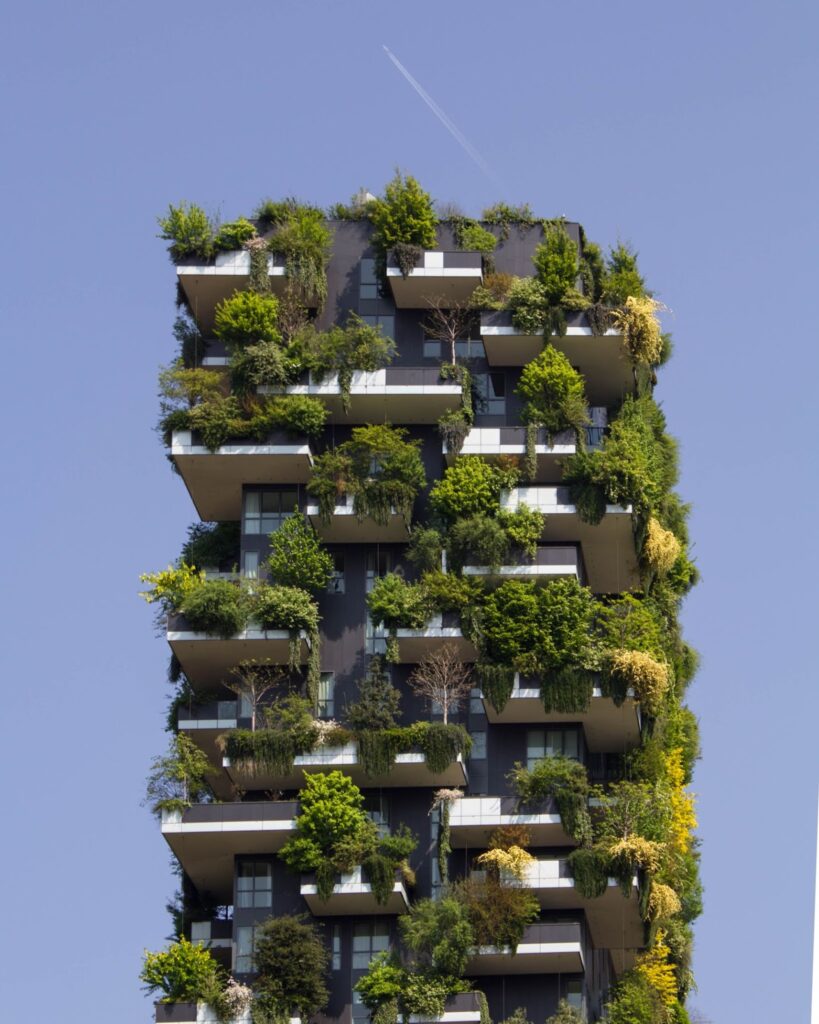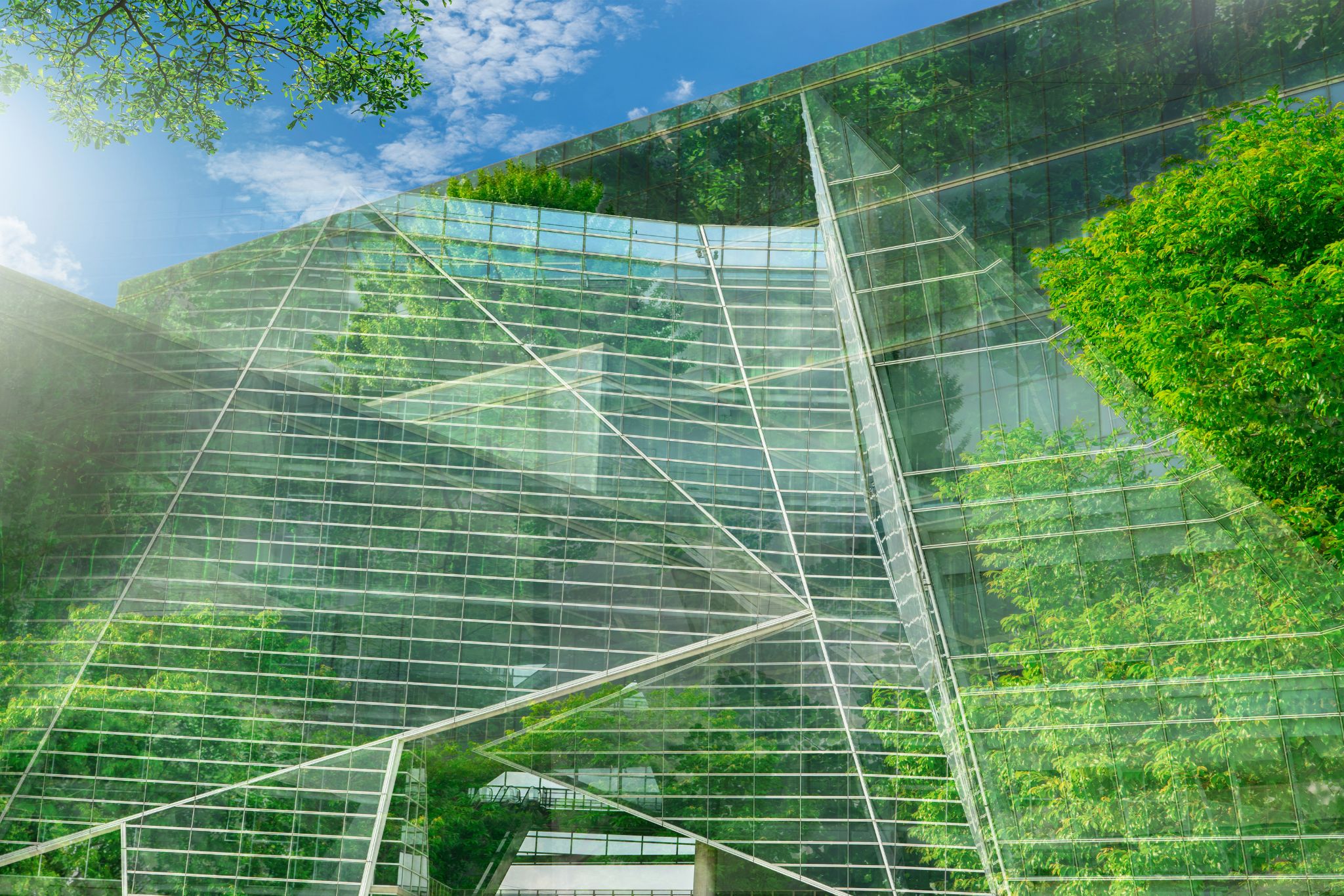Global consciousness about humanity’s impact on the planet is arguably a relatively new trend. At least, it’s only recently that the trend started to have a meaningful impact on consumer choices, supply, and law and policy-making on the national and international level. This is due to the heightened consciousness of the climate crisis heightened by a narrowing window in time wherein the effects of climate change on the world will become irreversible. Eco-friendly property development however is not an entirely new concept, as building in harmony with the environment was the basis of most of human civilization.
Modern eco-friendly properties have more variables to take into account than just the environmental conditions surrounding the structure. Any modern building has requirements of its own depending on the purpose it was built for. Purpose-built structures have to take these requirements into account when reducing their impact on the planet – failing to do so would result in a waste of resources that will exceed any environmental considerations taken into account in building it. Eco-friendly property development should also account for the process of building itself as well, which should be carried out in a manner that causes the minimum possible damage to the planet. An eco-friendly building is necessarily eco-friendly in use, and its use should have as little effect on the surrounding environment and the planet as possible.
Pros: green architecture
Green architecture comes with its own list of pros that makes it very attractive to homeowners, developers and landlords alike.
Green architecture is more energy efficient, conserves more water (or at least, uses less), and makes waste and pollution reduction a priority. This means that the daily upkeep of an eco-friendly property is not as expensive as a regular one. As eco-friendly properties tend to use more renewable energy than not, the overall cost of utilities will also be much less. It also means that the quality of life that can be enjoyed in an eco-friendly structure is better, as it exposes one to less pollutants. The environmentally friendly paints and ventilation systems used in such structures especially would mean that there would be less risk of disease indoors.
An important factor that anyone would consider when deciding to ‘go green’ in architectural design is the higher market value placed on eco-friendly properties. Factors such as those mentioned above make eco-friendly properties of high value to the market. As laws and regulations that are aimed at sustainable development are gradually heightened in every country, properties developed with sustainability in mind will appreciate in value over time, especially in relation to other structures that do not.

Are eco-friendly properties for everyone?
Sustainability has been a part of architecture since humanity’s early days. All buildings and shelters were simple, and construction materials indigenously sourced. Indoor comfort was achieved through strategically placed openings and storey heights, which even maximise solar gain. Remains from the Indus valley civilization which dates back to 3300 BCE even show how building planning followed a certain pattern to accommodate the changing seasons. Ancient Persians too for example used natural elements and created narrow paths between tall houses to regulate indoor temperatures and lower the temperature of the first floor.
As building technology evolves to meet the more complicated requirements of the modern age however, the sustainability principle may appear to be slipping out of the common man’s grasp. Modern day green architecture can be expensive, and requires a very high initial investment. Building planning is also not something that can be decided individually, as there are usually many regulations in place in any country to control what structures are built and where. Sustainably sourced building materials can be expensive to find and transport for the average Joe. New technologies that maximise energy efficiency can be expensive to buy and install. It can also make the property an intimidating space for the technologically unsavvy. These challenges can make even those motivated to pursue sustainability values in property development and maintenance hesitate to take the plunge. It certainly does not help that new technologies that use less resources are developed everyday, that can make one trapped in a never-ending cycle of purchasing and installing them in your home.
Another factor to consider is finding the right sort of workers for the job. As mentioned previously, building a structure in a sustainable manner is as important as making sure that the building itself is sustainable. Otherwise, our sustainable building would stand in a land ravaged by ‘development’. Eco-friendly properties require specially-trained workers to develop, which could prove to be difficult to source. The property itself too would necessarily have to be in a suitable geographical location. The eco-friendliest of buildings would be an enemy to the local environment if it was to be built in lands as-yet untouched by the human eye.
Upgrading existing properties
While eco-friendly property development is an essential part of building a sustainable future, demolishing existing structures and rebuilding them from the ground up may not necessarily be feasible or even environmentally friendly. In such cases, it would be better to explore how these properties can be upgraded to cause the minimum possible impact to the environment.
For example, if you are not in a position to install solar panels on your property just yet, it might be feasible to install, or gradually switch over to solar powered appliances. These will not require the same wiring or time-consuming installation processes, and will automatically result in lower electricity bills in your property. These savings can be put forward to investing in making your property more sustainable.
Your property as it stands will undergo some wear and tear over time. As you do the needful in terms of repairs and maintenance, you can opt to incorporate sustainable building materials into the existing structure. Recycled plastic products and blended, eco-friendly cement can be integrated into the structure, and other superficial repairs can be an opportunity to bring in renewable building materials such as wood and bamboo. With some careful research, you may be able to source these at much cheaper prices than traditional building materials, which would be another saving.
Insulation is crucial in colder countries, both in making a property habitable and in making it eco-friendly. Effective insulation will help keep heating bills as low as possible, and would lessen the overall environmental impact of the building. Insulation material can be made from sustainably sourced and recycled material as well, such as shredded denim, sheep wool and hemp. Good insulation is important for buildings in hot as well as cold weather, as insulation works by making it difficult to make heat move from one place to another. In cold weather, it would trap in warm air, and in those hot summers, will make it difficult for hot air to heat up the interior.
Humanity is currently locked in a race against time to halt and reverse the effects of climate change, a phenomenon largely caused by our own actions. The building sector too has to catch up in incorporating climate action into its processes if we are to save the planet. It is important that we develop eco-friendly property development as a way of thinking, if the industry is to move beyond a regulation-driven, bare-minimum approach to building. It is said that the buildings sector is responsible for more than 40% of global emissions, a number that the industry will have to step up to take accountability for if our skyscrapers are not to reign over ruins.
(Theruni Liyanage)
